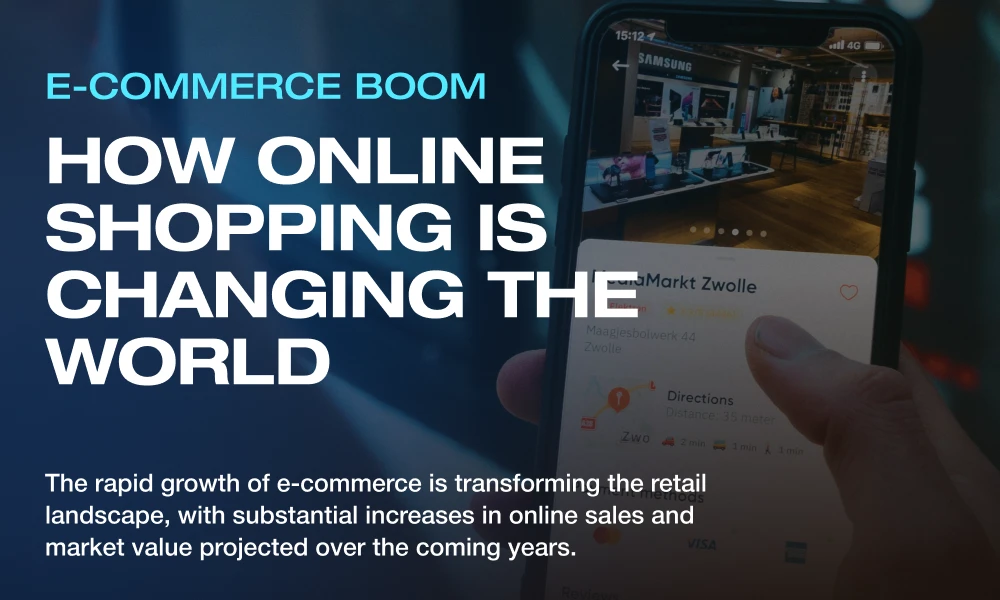In the digital age, a strong online presence is essential for any business. When it comes to building a website, there are two main options: custom web design and website templates. Understanding the differences between custom web design and website templates can help businesses make an informed decision that best suits their needs.
Custom web design offers a tailored approach, providing unique designs that reflect a brand's identity and specific requirements. This option allows for greater flexibility, advanced functionality, and scalability, but often comes with higher costs and longer development times.
On the other hand, website templates offer a more cost-effective and time-efficient solution. These pre-designed layouts can be easily customized to a certain extent, making them ideal for businesses looking to launch quickly with a limited budget.
Custom Web Design Vs Website Templates [Infographic]
Explore the key differences between custom web design and website templates through our detailed infographic below. These insights will help you weigh the pros and cons of each option, ensuring you make the best choice for your business's online presence.

Infographic by GO-Globe Web Design Company
To Publish this Image on your Blog or Website . Copy this code
High ROI and Conversion rates
The main objective of your website is not only to look good but also to generate more profit for your business. And. Custom designed Websites have much higher ROI and conversion rates as compared to Pre-Made templates because they are built specifically according to your business requirements and your target audience
Design & Visual Effectiveness
Custom built websites have the edge in terms of its design and visual effectiveness as it can be tailored to your unique requirements to exceed business objectives.
Templates, being one of thousands of similar websites have an extremely impersonal identity that typically cannot go beyond changing of fonts and colors in most cases.
Easy to scale and User-Friendly CMS
Custom websites have a complete control over contents and design as well as potential expansions in the future without much of a limitation and security risks. It also allows creating a CMS that are both easy to use and have better control of your contents.
Pre-built templates doesn’t offer a lot of customization and lacks control. And as a pre-made template, your contents are mostly required to fit the template rather than creating a unique identity. The CMS of a templates are often unfriendly and has a doubtful security.
Related: Magento Vs. PrestaShop Comparison
Average Lifespan and Effectiveness
Average lifespan of a custom developed websites are 3-4 years on average while templates have 1.5 years on average.
Custom built websites are specifically tailored and developed to your target audience offering a great user experience that they would expect and is often a cost effective long term solution.
Templates have little to no opportunity to customize to match to your target audience as it is pre-made for general audience, and its maintenance costs could easily multiply over time rendering it an inefficient solution.
SEO & Mobile Readiness
Custom websites are always responsive across all screen sizes and mobile devices. Custom design will have an inbuilt SEO support admin panel where you can fully optimize your on-site SEO, saving the half of the SEO costs right away.
Templates have a chance of being unresponsive in one or more devices. Templates generally doesn’t have much SEO support, requiring considerably higher SEO investments from the beginning.
Disadvantages
Custom developed websites often needs higher investment in order to provide better ROI and profits in the long run. Custom websites also typically demand higher resources and longer development time depending on the overall sophistication of the features.
With templates it's nearly impossible to achieve a top quality and a good user satisfaction ratio therefore they provide mediocre quality at best and a very low user satisfaction rate. Maintenance can be expensive, may have hidden costs, and lacks reliable support when there’s an issue. The contents have to be edited according to the template, creating a feeling and look just like any other typical website.
Advantages
Custom designed websites are built perfectly in line with the branding and marketing initiative conveying the correct messages to your target audience, which results in high user satisfaction and ROI. Custom designed websites give you a complete control over contents and security, making it possible to expand them anytime in the future and makes them a long term stable tool to generate business.






